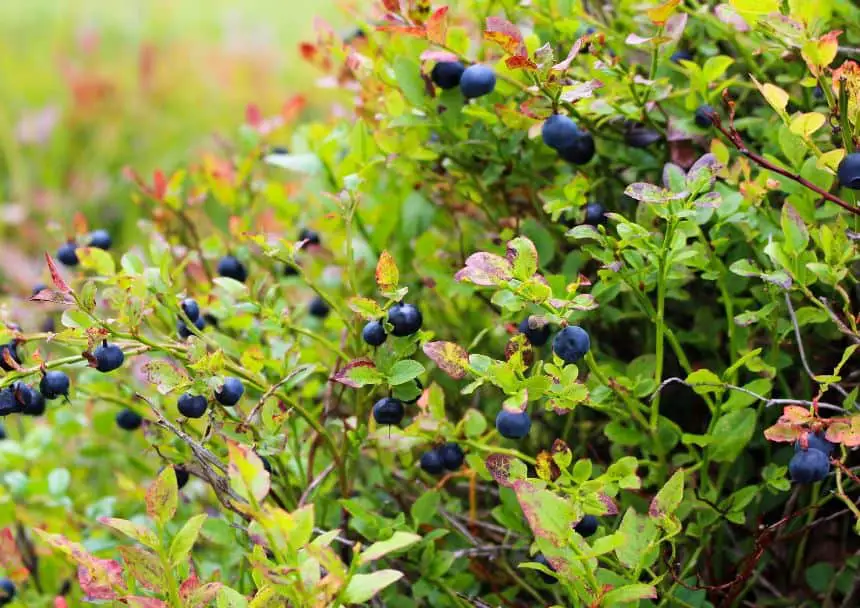Botanical gardens are undoubtedly well-known, but what about an ethnobotanical garden? To understand what an ethnobotany garden is, one must first understand. To put it briefly, it is the study of how plants and people interact. It might be specialized, such as Native American ethnobotany, which examines how certain indigenous civilizations used local plants, or medical ethnobotany, which focuses on the therapeutic use of particular plants. To understand more about this interesting science, keep reading.

What is Ethnobotany?
Ethnobotany is related to ethnobiology, the study of human cultures and how they interact with biology, the study of life and living things. Only the ethnobiology of plants is the focus of ethnobotany, which aids in our comprehension of natural ecosystems.
We have a strong connection with plants. We depend on plants for food and shelter, medicines, fiber, oils, colors, and many other things. There are almost 10,000 different edible plant species in the globe, yet less than 10 of them are responsible for most of the calories consumed. As a result, many edible plants that are not farmed and whose benefits are unexplored exist.
The goal of ethnobotany is to investigate the connection between the utilization of plants by local populations. Scientists may catalog and “rediscover” new medicines and foods utilized by local people by better understanding historical practices and applications for native plant life. The preservation of biodiversity in genetics, ecosystems, taxonomy, etc., is also aided by this.
Medical Ethnobotany
The study of ethnobotany aims to learn about medical uses for indigenous communities and the general public, as well as ways to use hitherto underutilized food crops.
A component originating from plants is included in around one-third of current medications. Synthetic medications have also benefited from the use of plant-based chemicals in manufacturing. Even yet, only a small portion of the 350,000 plant species that are known have been examined or assessed for their potential as medicines, and even then, it is often for a particular condition.
All of that is intended to be changed by medical ethnobotany, which also aims to find new species and increase understanding of medicinal applications for a wider range of existing plant species.
Native American Ethnobotany
Local Americans treated various illnesses using local herbs long before Western medicine was developed. Native Americans utilized plants for purposes more than only medicine. Of course, they utilized the local plants for sustenance but also used them for dye, oil, and other things.
Over time, Western ideas have replaced indigenous practices. Today’s ethnobotanist works to conserve this ancient knowledge for historical insight and possible current applications.
People on Earth have lived through transmitting their knowledge of plants from culture to culture and from generation to generation. The existence of our species depends on our ability to comprehend the function that plants have played historically and now in daily life.


